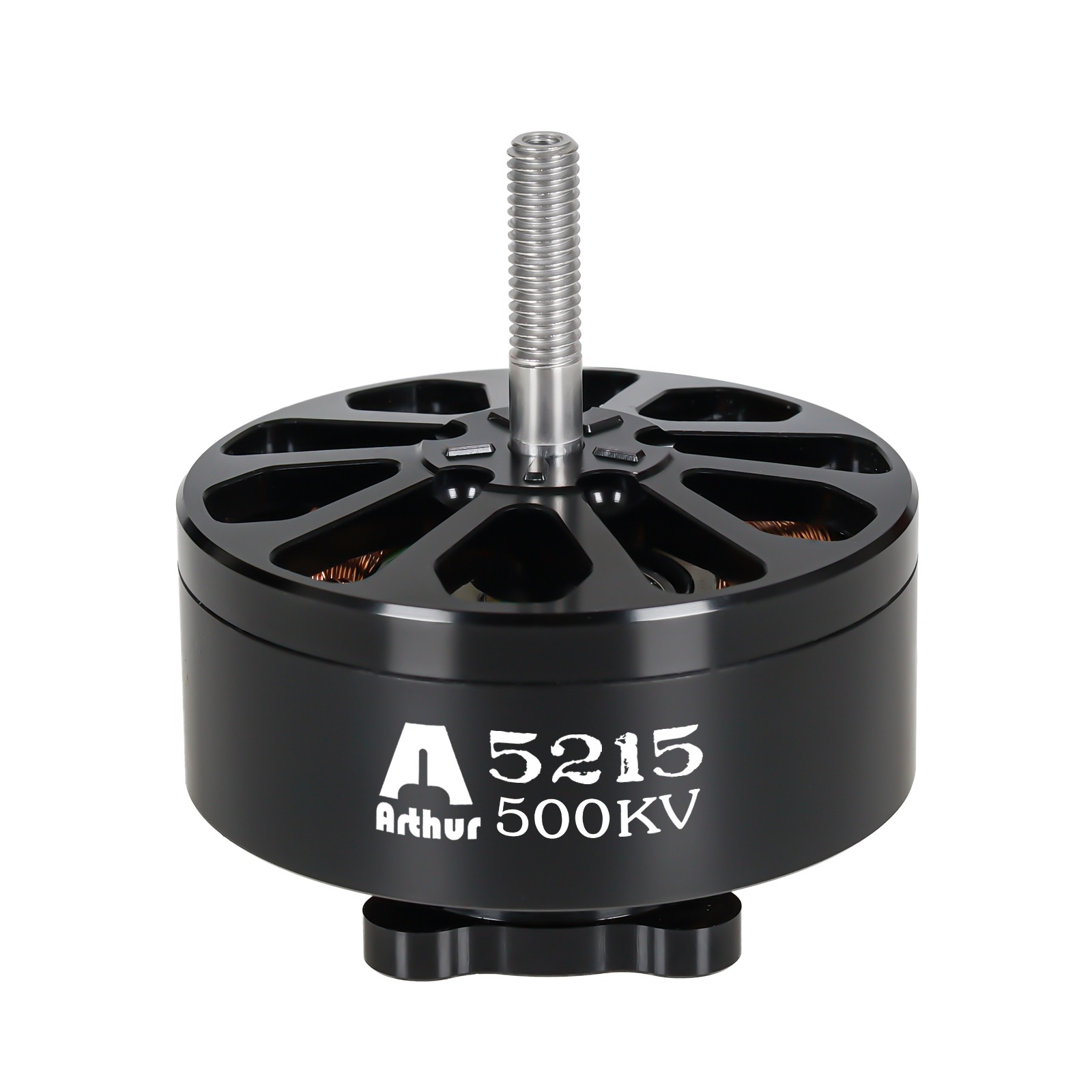The Ultimate Guide to Brushless DC Motors: Efficiency, Innovation, and Applications
2025-01-16
In the world of modern technology and industrial advancements, the Brushless DC Motor (BLDC) stands out as a marvel of engineering. Its blend of efficiency, durability, and versatility has made it a cornerstone in applications ranging from household appliances to cutting-edge robotics. But what makes BLDC motors so unique, and why are they rapidly replacing traditional brushed motors in many fields? Let’s dive in.
What is a Brushless DC Motor?
A Brushless DC Motor operates on the principles of electromagnetic induction but eliminates one significant drawback of its brushed counterpart: physical brushes. In a traditional DC motor, brushes and a commutator are used to transmit electrical current to the motor's windings. However, brushes wear out over time due to friction, leading to maintenance requirements and inefficiencies.
In contrast, BLDC motors replace brushes with electronic commutation, controlled by a combination of sensors (typically Hall effect sensors) and a microcontroller. This design not only improves performance but also enhances the lifespan of the motor.
Key Advantages of BLDC Motors
1. Higher Efficiency:
BLDC motors are known for their superior energy efficiency. The absence of brushes reduces energy losses due to friction, making them more efficient than brushed motors.
2. Low Maintenance:
With no brushes to replace, BLDC motors have a longer operational life and require minimal maintenance.
3. Compact and Lightweight:
These motors are designed to deliver high torque in a smaller package, making them ideal for applications where space and weight are critical.
4. Quieter Operation:
The smooth operation of BLDC motors results in reduced noise, a crucial feature for applications like medical equipment and home appliances.
5. Precise Control:
Electronic commutation allows for precise speed and torque control, making BLDC motors perfect for high-performance systems.
Applications of Brushless DC Motors
1. Consumer Electronics:
BLDC motors power cooling fans in laptops, desktop computers, and gaming consoles, where reliability and low noise are essential.
2. Automotive Industry:
From electric vehicle (EV) drivetrains to windshield wipers, BLDC motors are integral to modern automotive engineering.
3. Industrial Automation:
These motors drive robots, conveyors, and machine tools in manufacturing facilities, where precision and durability are paramount.
4. Home Appliances:
Washing machines, refrigerators, and air conditioners use BLDC motors to enhance energy efficiency and reduce noise.
5. Drones and UAVs:
Lightweight and efficient, BLDC motors are the preferred choice for drone propulsion systems.
6. Medical Devices:
Equipment like ventilators, infusion pumps, and prosthetic devices benefit from the precise control and quiet operation of BLDC motors.

How BLDC Motors Work
BLDC motors consist of three main components:
1. Rotor: The rotating part, typically containing permanent magnets.
2. Stator: The stationary part, housing windings where the magnetic field is generated.
3. Controller: An electronic circuit that manages the commutation process by switching currents in the stator windings.
The controller receives input signals and adjusts the motor’s performance accordingly, ensuring optimal operation based on load and speed requirements.
Challenges and Considerations
While BLDC motors offer many advantages, they are not without challenges:
- Higher Initial Cost: The advanced electronics in BLDC systems can make them more expensive upfront compared to brushed motors.
- Complexity in Design: The reliance on electronic commutation increases design complexity and requires skilled engineering.
The Future of BLDC Motors
The demand for energy-efficient and durable motors continues to grow across industries. As advancements in electronics and materials progress, BLDC motors are becoming more affordable and accessible, paving the way for even broader adoption.
From powering sustainable electric vehicles to enabling precise surgical robots, BLDC motors are driving innovation and shaping the future of technology.
Conclusion
The Brushless DC Motor represents the pinnacle of motor technology, combining efficiency, reliability, and versatility. As industries continue to evolve, the role of BLDC motors will only become more significant, powering the devices and systems that define our modern world.
Whether you’re a tech enthusiast, an engineer, or a curious learner, understanding BLDC motors provides valuable insight into the mechanics of innovation.
Have a question or insight about BLDC motors? Let us know in the comments below!


